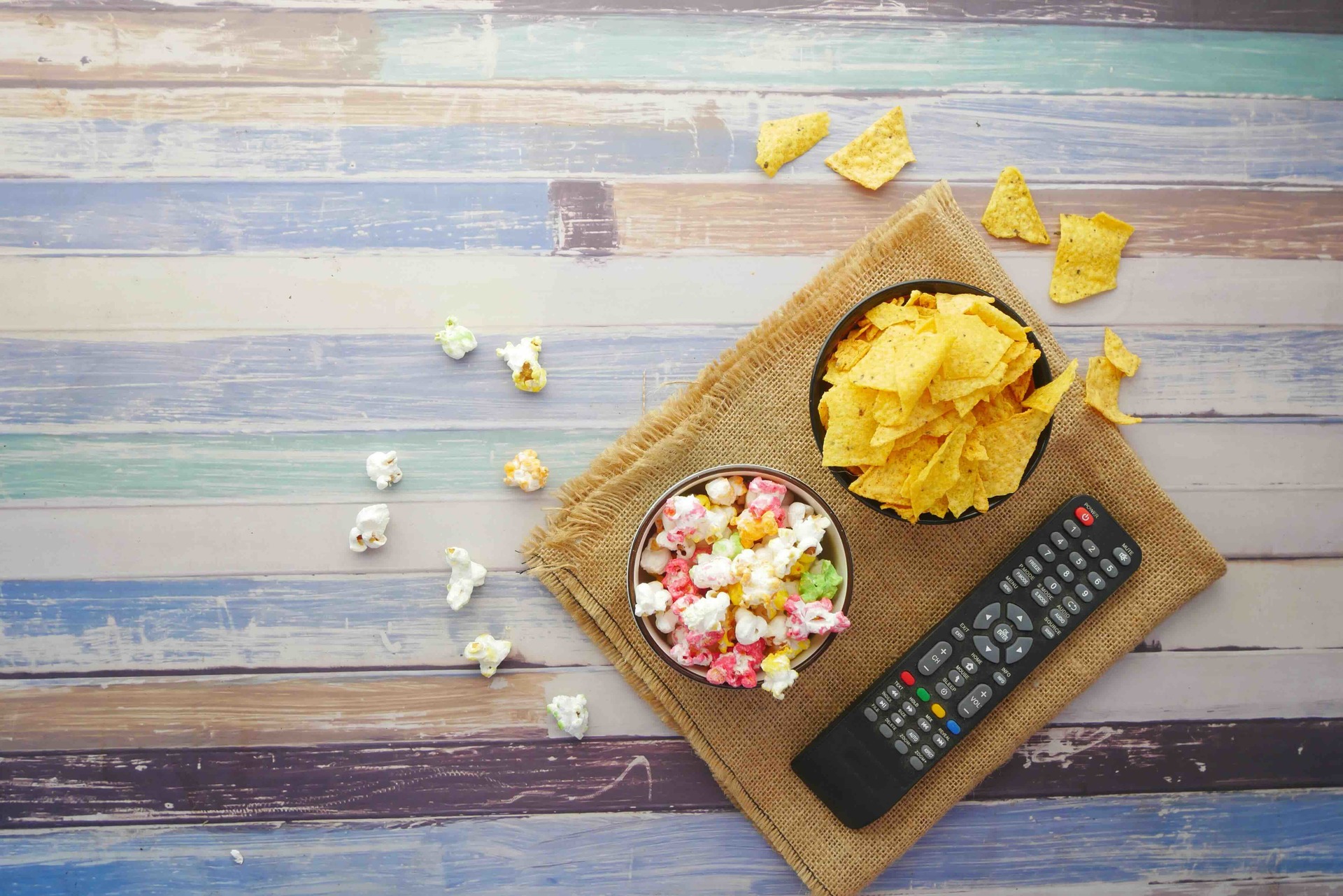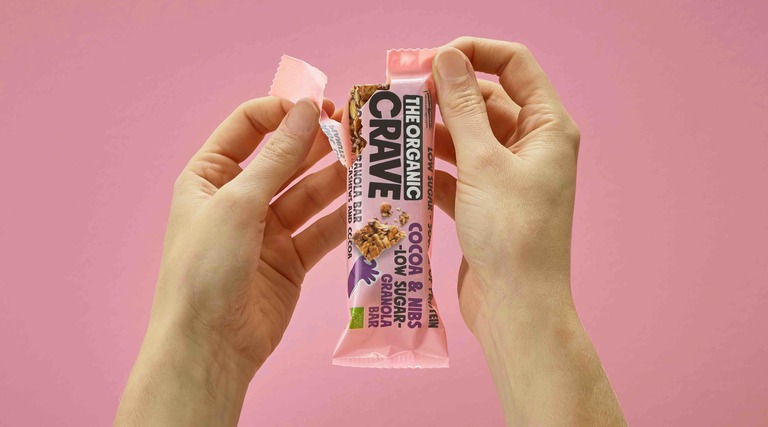Snacking and the Modern Brain: Why We Eat More Than We Think
The average person now consumes approximately 580 calories daily from snacking - nearly a quarter of their recommended daily intake. In our fast-paced, screen-dominated world, snacking has evolved from an occasional indulgence into a constant habit that significantly impacts our health and weight. But what's driving this behavior, and why is it so hard to stop?
Understanding Modern Snacking
- The Psychology Behind Our Snacking Habits: Most of us don't reach for snacks due to genuine hunger. Research shows that our snacking behaviors are deeply influenced by psychological triggers - stress, boredom, and emotional needs take the driver's seat when it comes to our snacking decisions. Josh Hillis, author of Lean and Strong, explains that excessive snacking often serves as an emotional coping mechanism, a way to self-soothe or distract ourselves from uncomfortable feelings.
- The Digital Dilemma - Screens and Snacking: Our screen-focused lifestyle has created a perfect storm for mindless eating. Recent studies involving nearly 2,000 adults revealed that watching screens while eating disrupts our natural ability to regulate food intake. When we eat while watching Netflix, scrolling through social media, or working on our laptops, we consume 20-25% more calories than we would without these digital distractions.
The impact becomes more severe with regular screen users. Adults spending more than three hours daily on screens consume 30% more energy-dense, nutrient-poor snacks compared to those with limited screen time. This isn't just about immediate calories, Psychologist Suzanne Higgs has shown screen-based eating impairs our body's natural satiety signals and food memory formation, creating a cascade effect where we're more likely eat more (in the way of snacks) later in the day.
- The Engineering of Addiction: According to Michael Moss's groundbreaking research in Hooked, food companies have mastered the art of creating "hyperpalatable" foods through sophisticated techniques that rival those of the tobacco industry. Food scientists and marketers work together to create what they call the "bliss point" - the perfect combination of sugar, salt, and fat that maximizes pleasure without completely satisfying hunger.
These products are specifically designed to trigger dopamine releases in our brains, creating reward patterns similar to those seen with addictive substances. The engineering goes beyond just taste—texture, mouth-feel, and even the speed at which foods dissolve are carefully calibrated to keep us coming back for more.
The Science Behind Snacking
- The Brain's Reward System and Modern Snacks: What makes modern snack foods particularly compelling is their speed of reward. Companies engineer products to dissolve quickly in your mouth, creating what's known as vanishing caloric density. When foods disappear quickly, your brain is tricked into thinking you're consuming fewer calories than you actually are. This phenomenon, combined with carefully crafted textures and flavors, creates a perfect storm of craveability that keeps you reaching for more.
- The Marketing Manipulation: The manipulation doesn't stop at the ingredient level. Food companies exploit emotional connections and memories, particularly those formed in childhood, to create lasting associations between their products and feelings of comfort or happiness. They ensure their products are cheap, convenient, and seemingly impossible to avoid, while using sophisticated marketing tactics to make us believe we're making conscious choices about our snacking habits.
- Environmental Triggers and Accessibility: Your surroundings play a crucial role in snacking behavior. Companies ensure their products are:
• Prominently displayed at checkout counters
• Available in vending machines everywhere
• Advertised across all media platforms
• Priced affordably to encourage frequent purchases
Perhaps most concerning is how companies have begun marketing "healthier" versions of their addictive snacks. Adding protein, fiber, or removing small amounts of sugar doesn't address the fundamental issue; these foods are still engineered to override our natural satiety signals and encourage overconsumption.
Understanding the Impact
The combination of psychological triggers, screen-time habits, engineered foods, and sophisticated marketing creates a perfect storm for overconsumption. The average person now consumes significantly more calories from snacks than they did just a few decades ago, contributing to rising obesity rates and related health issues.
Looking Ahead
Understanding these factors is the first step toward making more conscious choices about our snacking habits. While we can't completely avoid the influence of food marketing or eliminate screens from our lives, we can approach our food choices with greater awareness and create strategies to protect ourselves from the industry's most manipulative practices.
[In Part 2, we'll explore practical strategies and solutions for breaking free from problematic snacking habits and establishing healthier relationships with food.]



